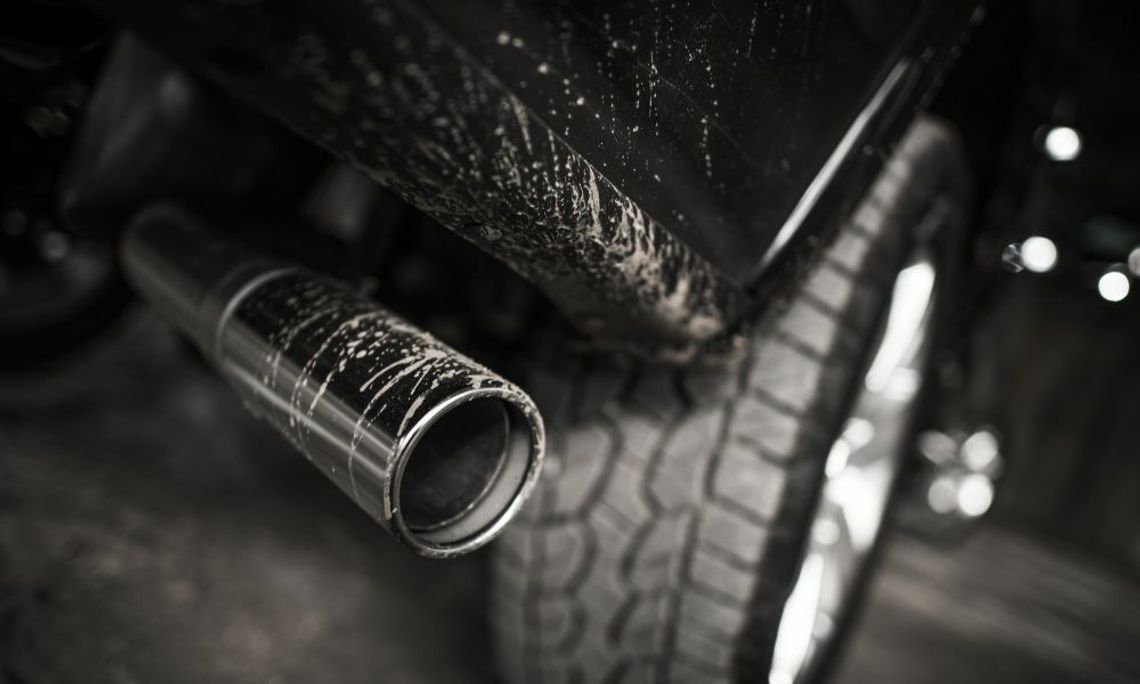When the US Environmental Protection Agency (EPA) enacted its first set of rules in 1998, diesel engines were not the primary focus. The EPA had its sights set on their potential effect on the environment. Originally, the agency established a three-tiered system of restrictions, eventually adding a fourth tier.
The EPA determined each tier’s implementation schedule by measuring the engine’s horsepower spanning many years. Continue reading for details on the EPA diesel tiers for trucks and the burgeoning regulations creating a greener world.
Tier One
Despite the 1991 introduction of the Tier 1 criteria, it wasn’t until 1996 that application for diesel engines and generators began. This is with the expectation of full compliance for all diesel vehicles by 2005. Diesel machinery with less than 37 kW (50 hp) was the primary target of Tier 1 criteria from 1996 to 2000.
Tiers Two and Three
Tier 2 standards emerged in 1999, and Tier 3 standards followed soon after. The EPA required all engines to comply by 2008, although these stages didn’t begin until 2001. The manufacture of more technically complex and powerful engines was necessary to fulfill the legislation’s requirements for these two tiers. It’s important to remember that environmental standards didn’t limit sulfur concentration in Tier 1 for off-road diesel fuels until the creation of Tiers 2 and 3.
Tier Four
All newly produced prime power and portable diesel generators must conform to Tier 4 standards. Therefore, Tier 4 is the most stringent regulation, requiring cutting-edge technology to achieve the maximum possible decrease in emissions down to near-zero levels. If your truck needs a new diesel engine, you can expect these high standards to be in place for your replacement.
In 2008, the transition to Tier 4 emission requirements became official. The rules aim to significantly cut emissions of nitrogen oxides (NOx), particulate matter (PM), and hydrocarbons from all motor vehicles and stationary generators. Nonetheless, carbon monoxide regulations have not changed much from those for Tiers 2 and 3.
Who Are the Tiers For?
All manufacturers that build diesel engines must abide by the tier specifications. Manufacturing, design, and regulatory companies must work together to upgrade diesel technology and designs to meet stricter regulations. Corporations implement a variety of measures to ensure compliance, such as engine design, alternative fuel sources, and aftermarket additions.
Understanding the EPA diesel tiers for trucks helps narrow your focus on the engine best suited for you. Ideally, it’s ready for the long haul while still complying with rigorous EPA standards.


Comment
Comments